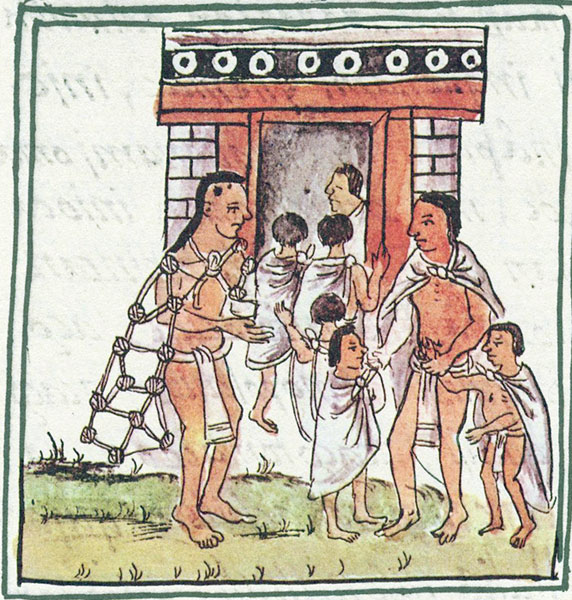Mesoamerican Urbanism: Indigenous Institutions, Infrastructure, and Resilience
Blog post by David M. Carballo, Gary M. Feinman, and Aurelio López Corral
- Created
- 13 Jul 2022, 10:15 a.m.
- Author
- David M Carballo, Gary M Feinman and Aurelio López Corral
- DOI
- 10.1177/00420980221105418
Abstract: https://journals.sagepub.com/doi/full/10.1177/00420980221105418#abstract
In considering how to create more equitable and resilient cities today, we propose that the archaeological and historical records of early urbanism offer relevant lessons, particularly when drawing on Indigenous social institutions from non-Western societies that have too often been neglected in comparative models of global urbanism. Our study compares 32 urban centres from precolonial Mesoamerica, comprising much of contemporary Mexico and northern Central America, and examines how cities of the Aztecs, Maya, Zapotecs, and other cultures of the region varied through time. We were particularly interested in investigating why certain cities lasted longer than others as central urban nodes, and queried variables such as population size and density, forms of urban infrastructure, and whether governance was organised more collectively or more autocratically.
We selected our sample of cases for the study based on the quality of data available, such as whether archaeological remains have been sufficiently mapped and excavated, allowing for more accurate chronology, demographic trends, and evaluation of urban attributes. The richest information on Mesoamerican social institutions is available in Nahuatl, the lingua franca of the Aztec empire, since its imperial core and capital city (Mexico-Tenochtitlan) became the centre of colonial New Spain and well documented by Native and Spanish chroniclers. Many of the cities of this Late Postclassic period (15-16th centuries) could not be included in the longevity study since their trajectories were truncated by the Spanish invasion and imposition of a new colonial order. Nevertheless, this historical corpus is of great value for understanding variability in Indigenous urban centres and related social institutions, such as the fact that Aztec cities featured the social infrastructure of neighbourhood centres (calpolco) for public gatherings at temples, markets, and schools in a system of compulsory education for youths (Figure 1).

Figure 1. Depiction of an Aztec school within a neighbourhood centre in the capital city from the Florentine Codex.
The sociopolitical organisation of Aztec city-states varied, with some organised more along patron-client lines centred on noble palaces (the teccalli) and other organised more collectively where intermediate-level social groups (the calpolli) shared land and labour and wielded greater power relative to social elites. Similar social institutions are identifiable from other cultures of Mesoamerica, though textual details regarding them are sparser than for the Aztecs. For earlier periods, we can identify the architectural remains of the houses of elites and non-elites, the presence or absence of neighbourhood centres, and elements of urban infrastructure such as roads, walls, terraces, and plazas, to then compare these to the Indigenous institutions of later, better documented periods.
Our analyses had two major components. To examine trends and transitions over time we grouped urban centres by archaeological phases: Preclassic (1200 BCE – 100 CE), Classic (100 – 600 CE), Epi/Late Classic (600 – 900 CE), and Postclassic (900 – 1519 CE). To examine variability over time and space we ran correlations on ecological, demographic, and urban attributes of all cases. The first analysis highlighted that Classic period cities featured more infrastructure that neighbours would have shared in building and maintaining, had the smallest palaces relative to the size of the urban population, and had the greatest longevity as central urban places compared with cities from other periods. The correlation analysis expanded many of these relationships. The most significant results are the strong positive correlations between population density, shared infrastructure at the neighbourhood level, more collective sociopolitical organisation, and longevity as important urban places. Cities of the 21st century are different from those of precolonial Mesoamerica in many ways, but these axes of social variability are still with us and our study is suggestive of positive-feedback loops in social processes that could have similar broad applicability to other historical contexts and efforts to draw lessons from the past to foster more inclusive, equitable, and resilient cities today.
Read the accompanying article on Urban Studies OnlineFirst here.


Comments
You need to be logged in to make a comment. Please Login or Register
There are no comments on this resource.